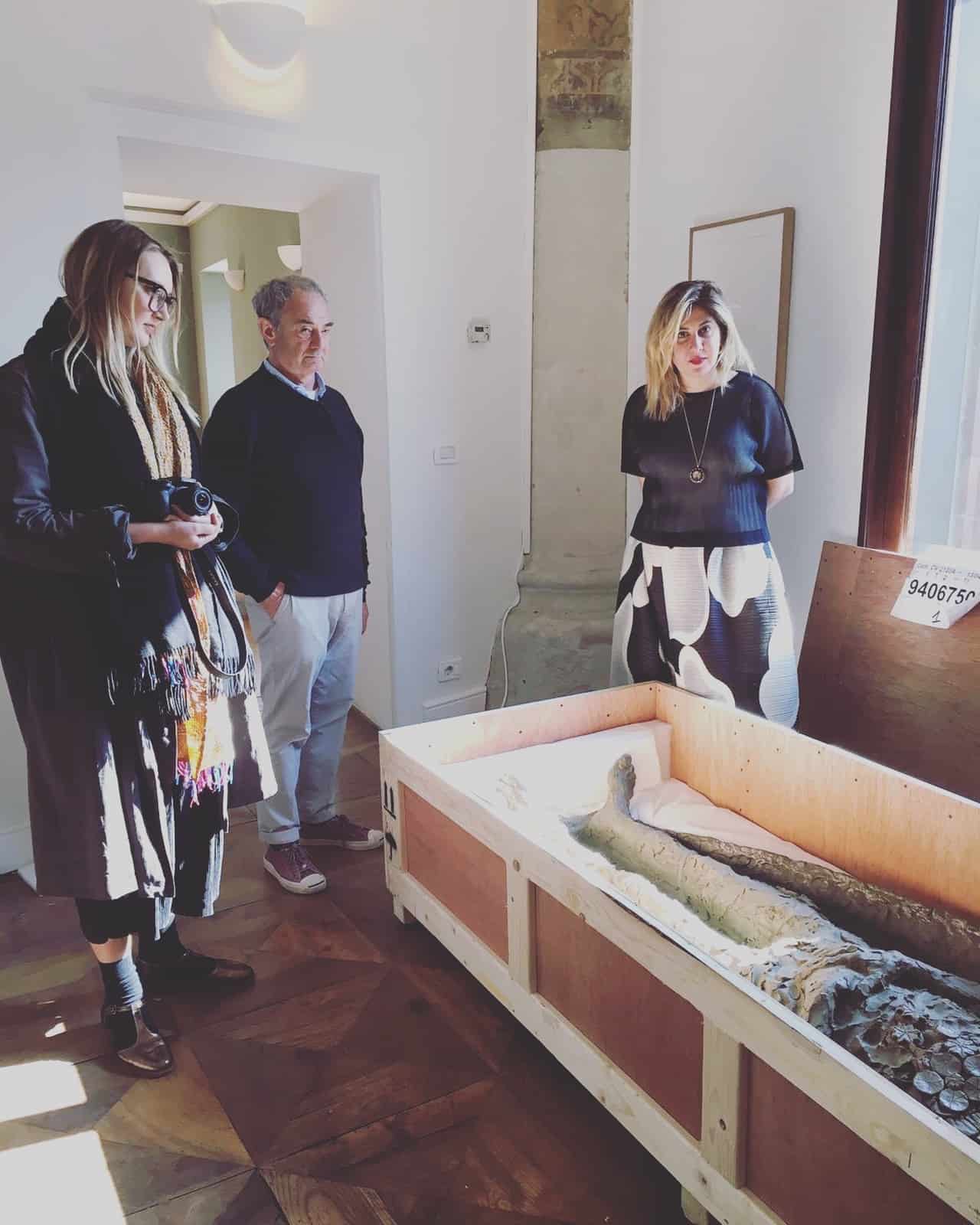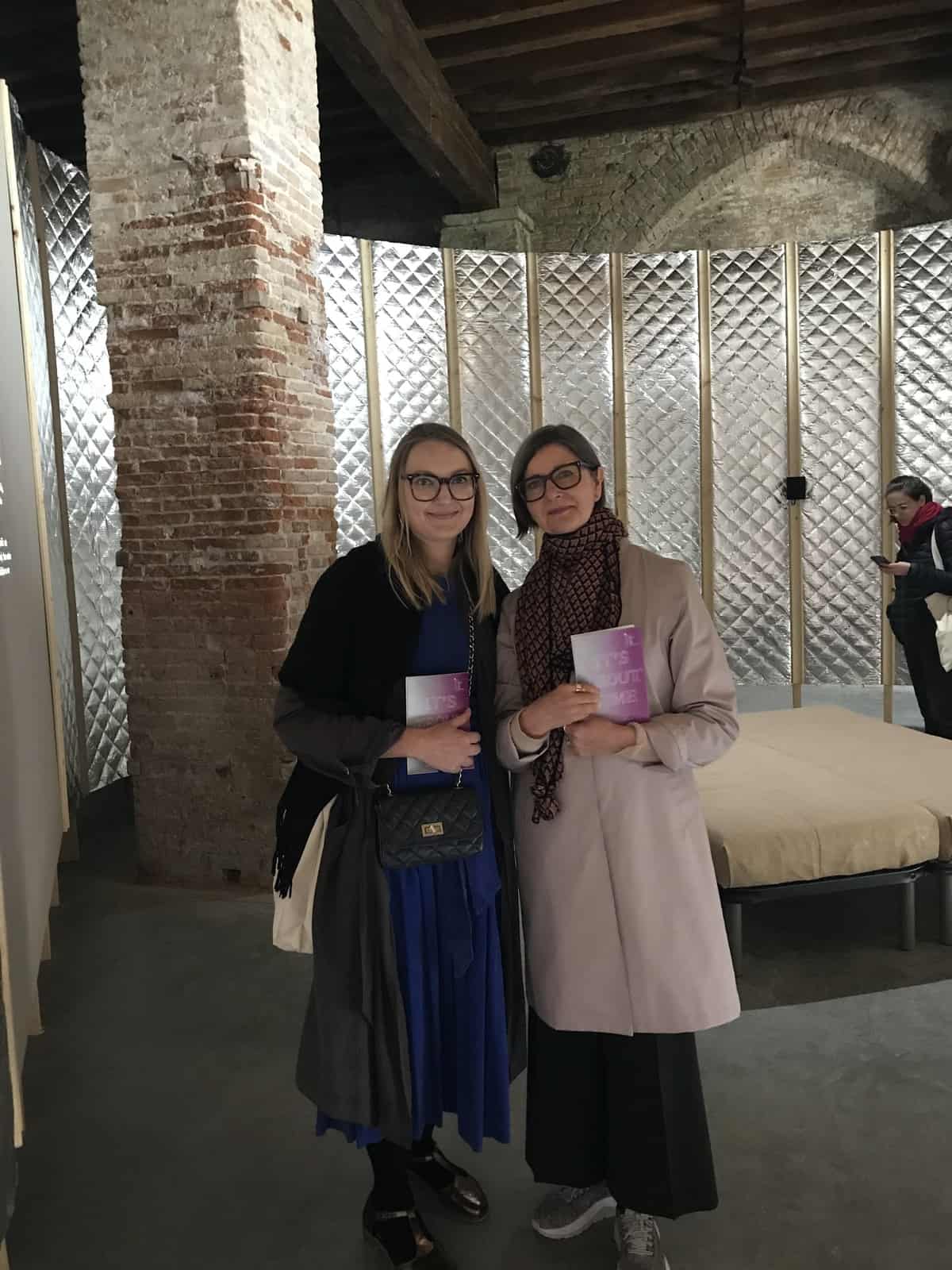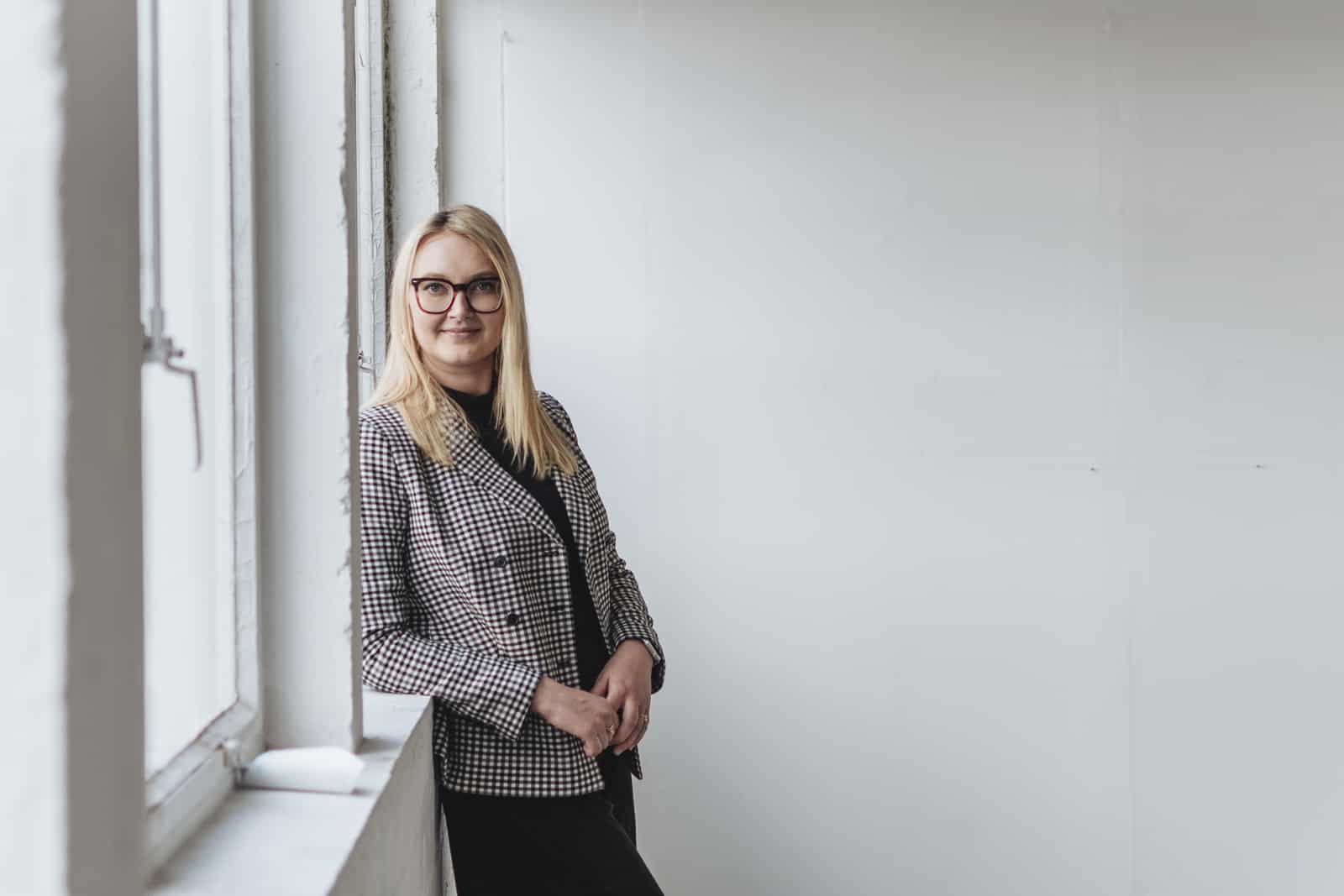In this series of interviews, we ask art professionals about their careers after graduation. No matter where you live, finding a job after a humanities degree is not easy. There is also the question of what the phrase ‘perfect job’ means to the people we speak to. This time it is Roma Piotrowska from Birmingham. She is a curator at Wolverhampton Art Gallery overseeing the city’s cultural landscape. Prior to this, she was Senior Exhibitions Manager at Ikon Gallery where she managed temporary exhibitions as well as events, publications and commissions. Alongside her day job, Roma is a freelance curator who supported the development of the Venice Biennale’s Pavilion of Iraq from 2013 to 2019. In 2012, she worked as Curatorial Assistant for the 4th Guangzhou Triennial (China). Roma has worked extensively on the production of catalogues for Dan Flavin, Sheela Gowda and Roger Hiorns among others. Her writing has appeared in exhibition catalogues including ‘Artur Zmijewski – Selected Works’ (published by Neuer Berliner Kunstverein) and the 27th Biennial of Graphic Arts (Ljubljana) and she can be read in Engage journal, this is tomorrow, Contemporary Lynx and Daily Art Magazine.
Among her tips for becoming a curator: “Go to see exhibitions, as many as you can. Learn about artists you like – look, read, watch, meet. Study curating or art history at a university.”
photo credit Victoria Beddoes (victoriabeddoesphotography.co.uk)
Roma Piotrowska
Position: Curator
City: Birmingham
Sylwia Krason: Could you describe your position, duties, responsibilities?
Roma Piotrowska: I am the Curatorial Officer for Arts and Culture at the City of Wolverhampton Council. My job involves coordinating and shaping the programme of exhibitions and events across Wolverhampton’s cultural sites, including Wolverhampton Art Gallery (where I am based), Wolverhampton City Archives, Bantock House and Bilston Gallery. I spend most of my time working on the Gallery’s exhibition programme.
SK: How long was your preparation for this role?
RP: I have been working in art galleries since 2005, so I have 15 years of experience. It was thanks to them that I got the job at Wolverhampton Art Gallery last year.

With Phoebe Cummings installing her work at WAG
SK: What were your beginnings?
RP: I got my first art job at age 21 at Wyspa Institute of Art on the former grounds of Gdansk Shipyard. I started as an intern and gradually became an assistant curator and finally curator. I stayed with them for three years while I did my master’s in art history. It was a very formative time for me. The programme was heavily politically and socially engaged and I learnt from one of the most innovative Polish curators, Aneta Szylak. She was my first mentor and had a massive influence on me. I really felt that I was part of something important, artistically and politically.
SK: What pushed you to become a curator?
RP: I have always been interested in art. In my teenage years, I was interested in the 20th century and especially the experiments of the 60s, early video art, body art and land art. Works by Nam June Paik, The Vienna Action Group and early Marina Abramović really triggered my imagination. I wanted to be part of these exciting, challenging and rebellious things, but I quickly realised that I would prefer to work with art as a facilitator rather than as an artist. That’s why I studied art history. Curating seemed the ideal job for me because, although I learnt a lot about art from historic periods, I was most excited about contemporary art.

Installing Iraqi Pavilion in Venice
SK: How did your education prepare you for your career?
RP: I have a strong art historical background thanks to the course I did in Gdansk. It was a very traditional art history course where you studied Italian and Latin and had to memorise hundreds of artworks, including artist, year, medium and their locations. We went through all the periods, starting with ancient Greek and Roman art and finishing with contemporary art and architecture. Our lecturers used analogue slide projectors and were bringing hundreds of slides to each lecture. After moving to the
UK I did a master’s in curating, which gave me space to be creative, to research, to read and to write.
SK: What skills helped you to become a curator?
RP: I am very well organised and I don’t mind taking risks. This rather strange combo makes perfect sense in my job. I am able to work on a challenging exhibition or project and deliver it very well.
SK: What is the riskiest decision you had to take?
RP: It was when I left my promising career as a curator in Poland to start a new life in the UK. This was back in 2008; I was 24, but I had already curated exhibitions, published essays in books, given interviews on TV and run a successful blog. I left all this to do an internship at The Showroom in London. That first year in London was tough. I had to do a catering job to pay my bills and was starting from nothing again. No one knew me and I didn’t know anyone but I persevered. After a while not getting many interviews, I had one for Ikon in Birmingham. I said to myself, if I get that job I will stay in the UK, if not I will go back to Poland. So I went for the interview and . . . didn’t get the job. A month later I was back in Poland at my dad’s place. The day after I arrived, I received an email from Ikon saying that there was another position available which I could start next week. I packed my bags, booked the flight and off I went again to start a new life in Birmingham. That was 11 years ago and I am still here.

With Marysia Lewandowska in Venice
SK: What is the most difficult task you have undertaken so far?
RP: Organising the transport of over a hundred historical artworks from Hobart in south Australia to Birmingham. It was very complicated because they had to be supervised by a courier at every step of the journey. The works flew first to Sydney, through to Dubai and then finally to London. After landing in London they were driven to Birmingham. I was responsible for working out all the logistics on a tight budget.
SK: What has been your biggest setback, failure, or defeat?
RP: I don’t get too caught up by my failures. Of course, I have had many setbacks in my life but I try to move on quickly. So if I don’t get the job I want, for example, I tell myself it must be because it wasn’t meant to be and there is something better waiting for me in the future.
SK: What do you consider your biggest success?
RP: Showing the public sculpture Soon Everything Will Change by Joanna Rajkowska in Erdington, Birmingham. It was a very beautiful but challenging and stressful project which I tackled almost on my own, so this is why I find it my biggest success.
SK: What three tips would you give someone who wants to become a curator?
RP: Go to exhibitions, as many as you can. Learn about artists you like – look, read, watch, meet. Study curating or art history at a university.

At the opening of the Iraq Pavilion in Venice
SK: Are you satisfied with your current position? Would you like to change anything about your role?
RP: Yes, I’m very satisfied. I just had a daughter, she is four months old so I am still on maternity leave at the moment. I love being a mum and spending my days with her but I look forward to going back to work. It will be challenging to juggle family and work, I am sure of that, but my team at Wolverhampton Art Gallery is dominated by women and they are very understanding and supportive.
SK: If not curator, what would be your dream job?
RP: Yoga teacher.

photo credit Victoria Beddoes (victoriabeddoesphotography.co.uk)









